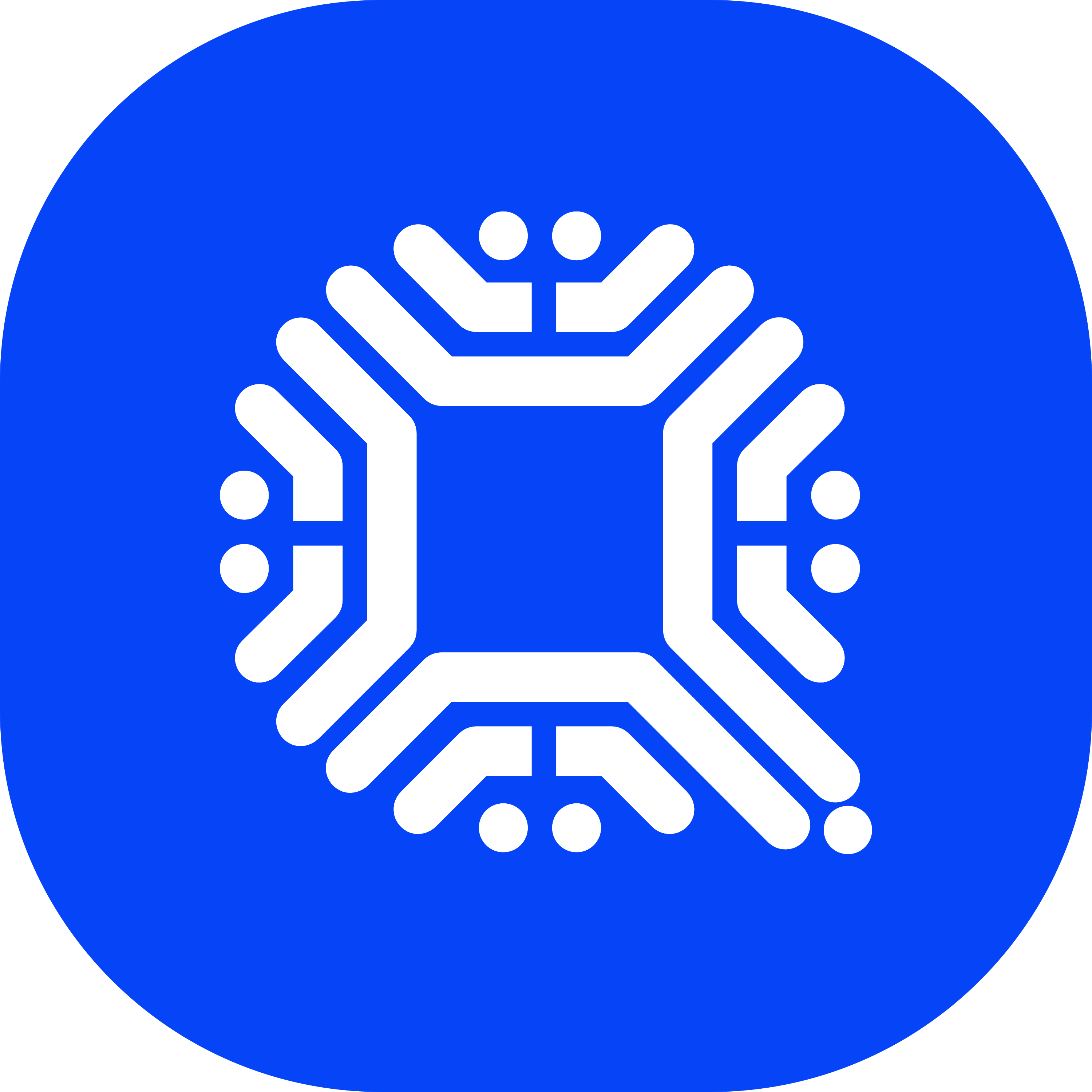What is Qtum: Unraveling the Hybrid Blockchain

What is Qtum: Unraveling the Hybrid Blockchain
The world of blockchain is continuously evolving, with new and innovative platforms emerging to address various industry challenges. One such platform is Qtum, a unique solution that combines the best features of Bitcoin and Ethereum. If you're curious about how Qtum stands out in the crowded blockchain arena, you're in the right place.
Concept Introduction
Qtum (pronounced ‘Quantum’) is an open-source blockchain platform that merges the stability of Bitcoin's blockchain with the versatility of Ethereum's smart contract functionality. The result is a powerful decentralized application (dApp) environment that excels in efficiency, security, and interoperability.
Qtum's core innovation lies in its Account Abstraction Layer (AAL), which allows it to run smart contracts on a UTXO-based blockchain model. The objective? Achieve business-friendly features while maintaining the core values of decentralization and trustlessness.
Historical Background or Origin
Qtum was co-founded by Patrick Dai, Ne Haobo, and Jordan Earls in 2016, with the project's mainnet launch taking place in September 2017. Initially backed by a strong community and a successful ICO, Qtum quickly gained traction, raising $15.6 million.
The idea behind Qtum's creation was to overcome the limitations of existing blockchain platforms, mainly concerning scalability, security, and ease of dApp development. By leveraging Bitcoin's UTXO model and Ethereum's EVM smart contracts, Qtum aimed to create a business-friendly blockchain.
Working Mechanism
The Hybrid Model
Qtum operates on a hybrid consensus model, employing both Proof-of-Work (PoW) and Proof-of-Stake (PoS) mechanisms to ensure network security and efficiency. The PoS consensus model, in particular, helps achieve high throughput and low energy consumption, making the platform eco-friendly.
Account Abstraction Layer
The AAL sits between the blockchain's core and the virtual machine, acting as an intermediary layer. It translates Bitcoin's UTXO model into an account model that Ethereum's EVM can understand, allowing seamless transactions and compatibility with existing dApp frameworks.
Decentralized Governance Protocol
Qtum also features a Decentralized Governance Protocol (DGP), enabling on-chain parameterization adjustments without needing hard forks. This allows the community to vote and make adjustments to the network's rules, fostering an ever-evolving and adaptable environment.
Benefits or Advantages
Enterprise-Friendly
Qtum offers a scalable and adaptable framework that suits various industries, making it ideal for enterprises looking to leverage blockchain technology. With its hybrid model and compatibility with existing systems, Qtum reduces the barrier to entry for businesses.
Robust Security
By harnessing PoS's strengths, Qtum enhances network security. The mechanism not only secures the network but also rewards participants, fostering a more engaging community.
Versatility and Compatibility
Being able to run Ethereum-based smart contracts on a Bitcoin-based blockchain opens up numerous possibilities for developers. This interoperability ensures that existing dApp frameworks can seamlessly integrate with Qtum, minimizing friction in development and deployment processes.
Community Driven
The Decentralized Governance Protocol places decision-making power in the community's hands, allowing Qtum to adapt to the ever-changing landscape of blockchain technology seamlessly. This democratic approach encourages user participation and continuous improvement.
Conclusion or Future Outlook
Qtum's innovative approach to integrating the strengths of Bitcoin and Ethereum offers a promising horizon for blockchain technology. With its scalable, secure, and versatile framework, Qtum is poised to make significant inroads into various industries, from financial services to healthcare and beyond.
As more enterprises and developers begin to explore and adopt blockchain technology, Qtum's hybrid model and community-driven governance make it a compelling choice for fostering innovation and driving the future of decentralized applications. For those vested in the blockchain space, keeping an eye on Qtum's progress is undoubtedly worth the excitement.
Want to get cryptocurrency instantly?
Related articles
Latest articles
See more






















